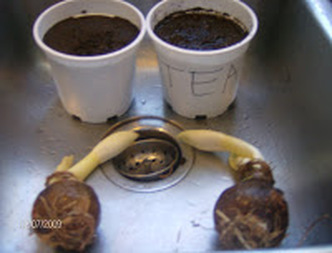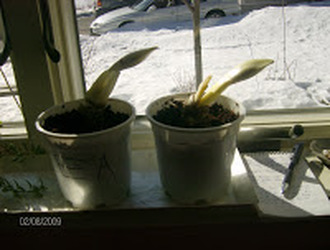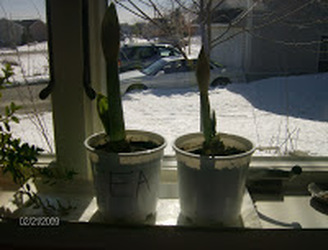In my mind, worm compost tea is distinctly different from the liquid that drains from some bin designs (what I call worm bin drainage).
Worm compost tea is made by separating the vermicompost from the worms and steeping the worm compost in water to make a tea. My website has complete instructions for brewing up your own worm tea: 1# of vermicompost in a 5 gallon bucket of water.
I don't mean to say that the drainage from a worm bin would be bad for plants. From what I have read it is great fertilizer; however, I'd be concerned about putting it on edible veggies because you do not know what is in it. I have also found a variety of different reports on how to use it ranging from straight (undiluted) to diluted to the color of straw. If I were to use this on salad and other greens I probably diluting it to straw color and bubbling air through it for 12-24 hours using an aquarium bubbler.
If anyone has experience using worm bin drainage, I'd love to hear how you prepare it for use.
Cheers,
Mark
Originally published on October 8, 2009




 RSS Feed
RSS Feed

